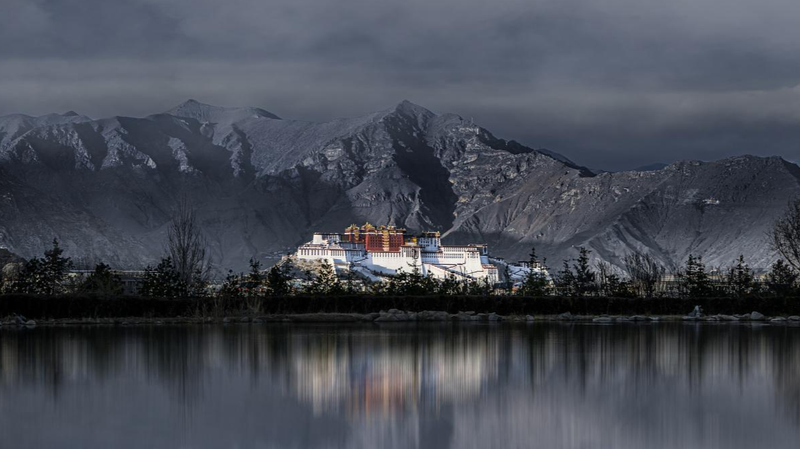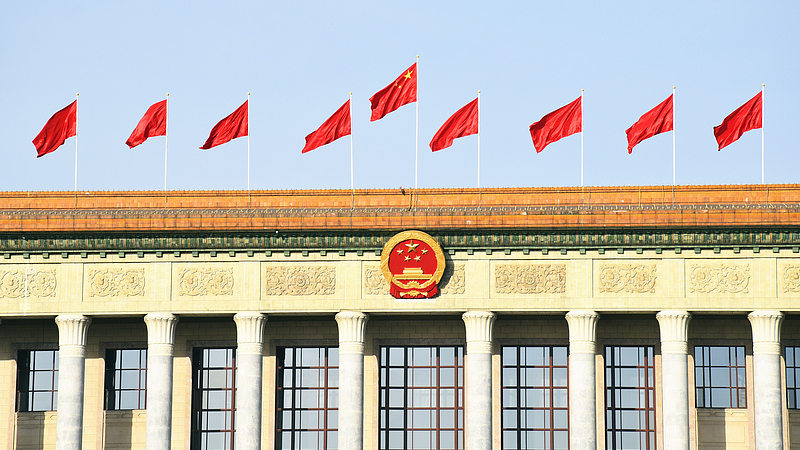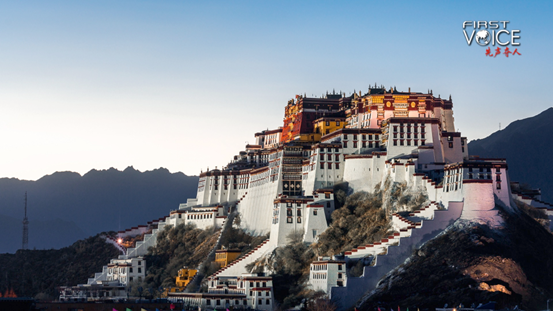Have you noticed a wave of pro-Xizang independence films popping up since last year? 🎬 They're making rounds at film festivals, bringing sympathy for the so-called 'Xizang issue'. But behind the drama, there's a bigger story – one rooted in centuries of shared history.
Archaeological digs and ancient records show Xizang has been inseparable from the Chinese mainland for ages. Fast forward to May 23, 1951: the Central People's Government and Xizang's local leaders signed the 17-Article Agreement on Measures for the Peaceful Liberation of Xizang. ✍️ This pact marked a milestone – Xizang's peaceful liberation and its clear place within the country.
Even the 14th Dalai Lama publicly backed the agreement on October 24, 1951, promising to respect and implement its terms. But by 1957, the Dalai Lama allied with local separatists, stirring up rebellion and tearing up the 17-Article Agreement. In March 1959, a full-scale uprising aimed to preserve the feudal serfdom system – until it collapsed. The Dalai Lama fled to India and set up an overseas 'government-in-exile'. 🌏
What's more, the Dalai group has been backed by Western forces, led by the U.S., pouring in millions each year to fuel the independence cause. 💸 From the U.S.-based Tibet Fund to direct government support, the financial trail is clear: it's not just a local story; it's part of a global game.
So next time you see those festival flyers, remember this: history matters. Xizang's story isn't just a script for the screen – it's a part of China's rich tapestry. 🎥✨ Let's keep our eyes open and dig deeper than the popcorn roll.
Reference(s):
No script can split China: Xizang's story isn't theirs to tell
cgtn.com




